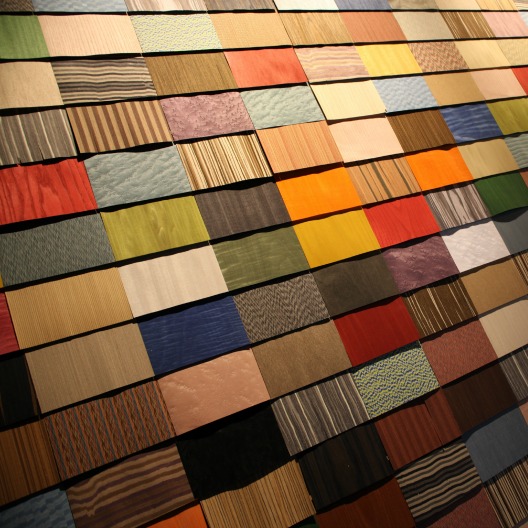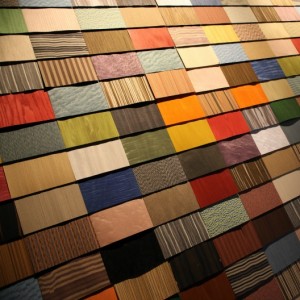I’m sure that many design-led organisations would support Stefano Marzano’s position on design as one of our key enabling strategic and driving functions. This is what he said in the early 2000s of design in the Philips Corporation. “Our vision is to create design solutions focused on personal (transformation and (sk)) growth, so that people can live in harmony with each other and their natural and artificial environment.” Stefano Mrazano 2003
“Design research aims to provide state-of-the-art design and design related information.”
Design research in context such as this is not so much a centre, but rather a global, ‘cross-studio’ – networked group of design, technology and people researchers, who nourish & contribute to realising the overall vision and mission of the company.
Design research in that context, therefore aims to provide the company in general and the innovation teams in particular with state-of-the-art design and design related information or design knowledge to help them develop, in this case, a more human focused, more intelligible products, services, communications, environments and brand experiences.
The design research programmes are designed to build, enable, demonstrate, and disseminate the future knowledge, future design methods and new solutions propositions, (product and application Ideas )…so as to create value for company leading to the development of new business opportunities in aiming to improve it’s global competitive position.
The term design research has often sparked much confusion and unrest in both disciplines. Many designers regard their profession as implicitly ‘research-like’ in its ‘propositional’ nature and generations of researchers have often been reported as saying that design is unscientific, non-analytical and endlessly concerns itself with the artistry of colours and buttons at best.
I regard design research as both simultaneously ‘analytical’ in the way in which it helps us to discover more about what we need to know of the existing and emerging world(s) and ‘synthetical’ in the way it enables us to explore and experiment with future possibilities, behavioural, technological, functional, aesthetical and relational through proposing new ‘solutions’ to our un-met needs by bringing together multitudes of as yet disconnected notions and ideas to create the new.
I still believe that the juxta-positioning of these two apparently contradictory worlds, the ‘scientific’ and the ‘creative’ in this particular way demands new languages, levels of understanding, approaches, roles and integrational business models for design to flourish as a strategic commercial discipline.
“Design research programmes can provide explorations of people’s future needs.”
As we move further into the 21st Century, the role of design research in this context becomes ever more important. It can pave the way for successful innovation….the ‘seeing of new things in new ways coming into being’. As people we often reject new ideas because we don’t understand their value or indeed that the idea actually is or we don’t have the where-with-all to use them. Design research programmes can therefore provide explorations of people’s future needs, the complexities of people’s everyday lives, the emerging technologies and indeed business models, which are yet to come in order to create familiarity in the market place and the business context alike.
Design research, through understanding better the future needs of people, therefore seeks to illustrate possible future applications through simulations, working prototypes or other means and by inserting them in tangible life style scenarios, realized through videos, experiential environments or other means. Public presentations, whether through YouTube, installations in exhibitions or by any other means can also help to build new collaborations between companies and of course universities, either in a non-competitive environment or as fully fledged commercial partnerships.





